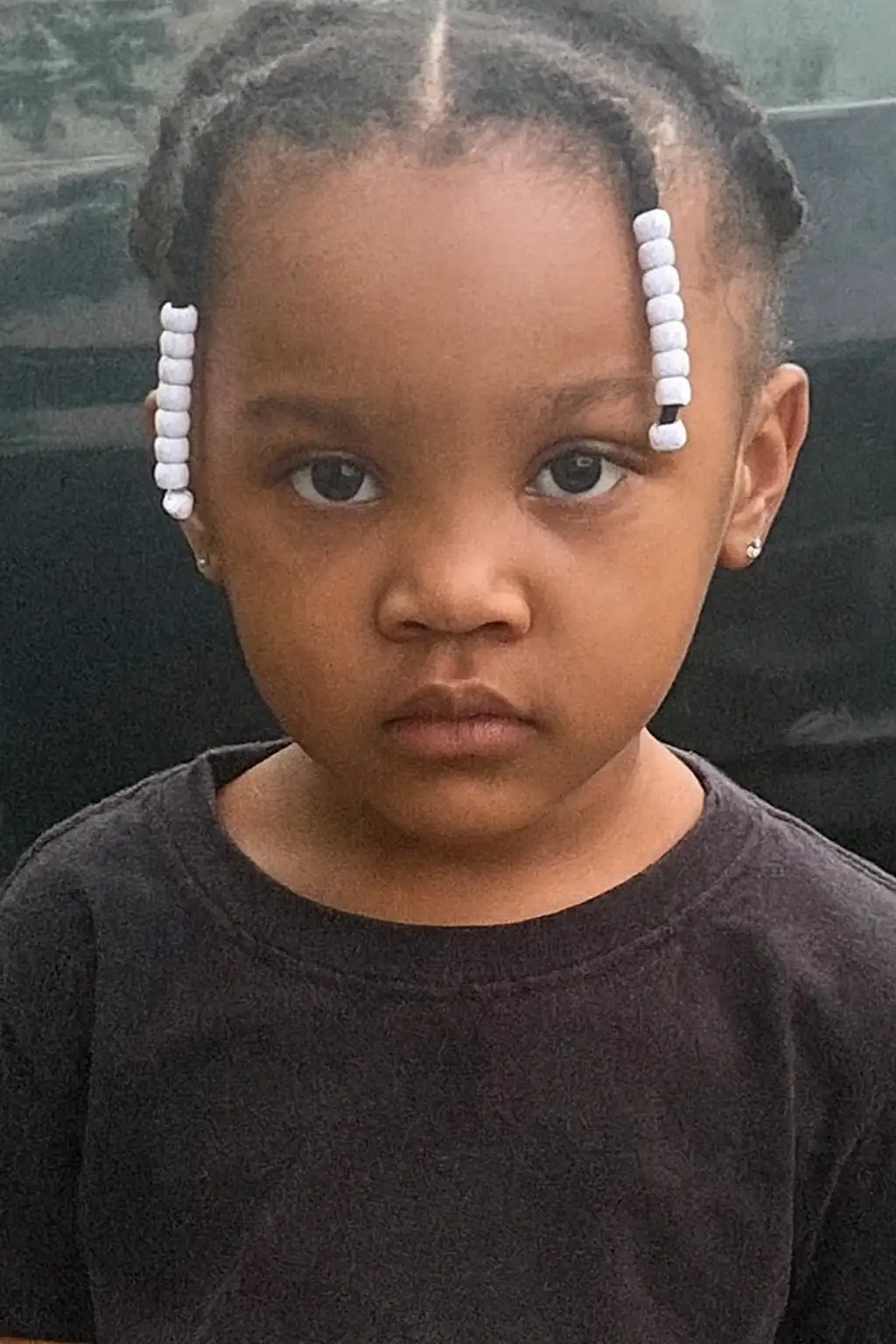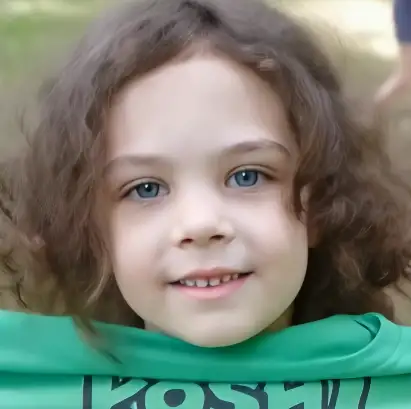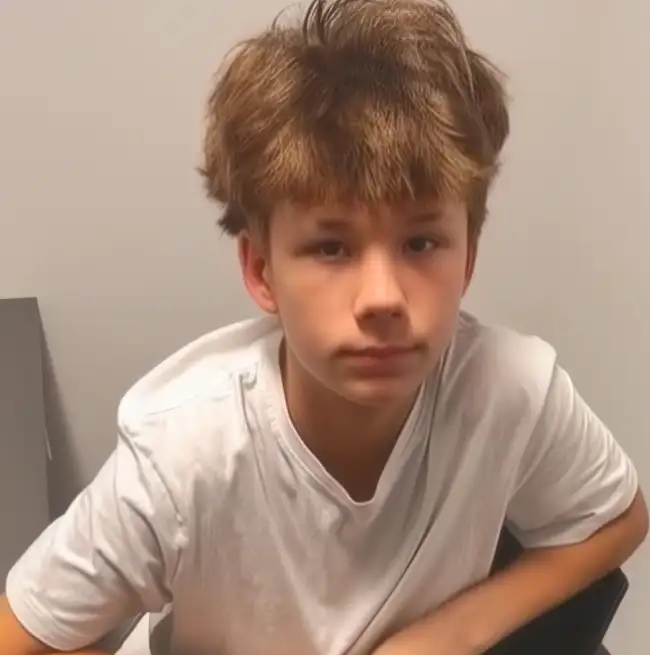The Disappearance of 6-Year-Old Ethan Patz: A Case that Changed the Child Search System in the U.S.
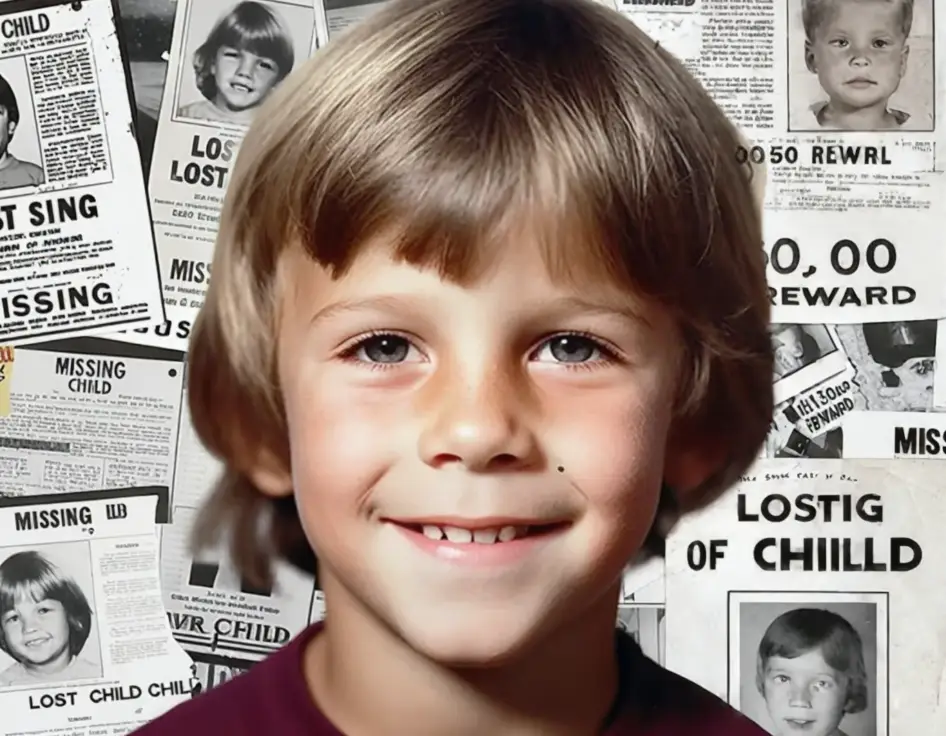
On a May morning in 1979, six-year-old Ethan Patz, a bright and independent boy, left his home in New York to walk to school. He never returned. This story became a national tragedy in America, marking the beginning of National Missing Children’s Day.
Ethan Patz. The Heartbreaking Confession
In 2012, the nation was shaken by a confession from Pedro Hernandez, a quiet vendor who had lived a simple life in New York’s SoHo district. The 51-year-old revealed that he had committed a crime 33 years earlier. He admitted to luring Ethan into the market where he worked, promising him a soda. Instead, he approached the boy, strangled him, placed him in a black opaque bag, and disposed of his body in a landfill.
The Day That Changed Everything
Ethan was just six years old when he disappeared. On that fateful day, his mother let him walk alone to school, a short one-block journey that should have taken just a minute. The young boy was confident that he could handle the small task on his own. No one knows why he followed the stranger or deviated from his usual route. The innocence of children can often be easily manipulated, as simple actions can catch their attention and change their course.
At first, his mother didn’t worry. She assumed Ethan was playing with friends and would return home later. But as hours passed and he still didn’t return, concern turned into panic. If she had been notified immediately that Ethan was absent from school, the outcome might have been different. Schools later implemented a system to notify parents when a child misses class, a policy inspired by the tragic events of that day.
The Search Begins
The news of Ethan’s disappearance spread quickly. His parents, well-known in their neighborhood, immediately began searching. Ethan’s father, a photographer, printed and distributed photographs of his son, while his mother posted flyers all over the area. The description read:
“Missing! Blond with blue eyes, wearing a black cap, blue velvet jacket, blue pants, and blue sneakers with stripes. He has a blue fabric backpack with a small elephant.”
Within a day, the search expanded throughout Manhattan. Milk producers even joined the effort, printing Ethan’s face on milk cartons distributed across the country. Americans everywhere sympathized with the grieving family and joined the search.
National Impact
President Ronald Reagan even spoke out, calling it a national disgrace that the country did not know where its missing children went. Ethan’s disappearance changed the way America viewed missing children. It became clear that more needed to be done to help find them.
The 33-Year Wait
For 33 years, Ethan’s parents held on to hope. They never moved, changed their phone number, or relocated, all in the hope that their son would eventually contact them. When Pedro Hernandez, the man responsible, finally confessed, it was a shocking revelation. The Patz family, after all these years, learned the horrifying truth about their son’s fate.
The Trial and Justice
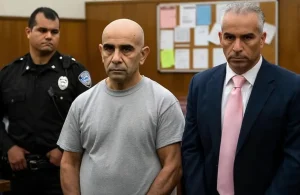
Disappearance of 6-Year-Old Ethan Patz
Hernandez was tried for the murder, and after a lengthy legal process, he was sentenced to life in prison without the possibility of parole. There was no clear reason for Hernandez’s crime, but his actions left an indelible mark on the country. The press quickly labeled him a monster.
The Birth of a National Child Search System
While Ethan was not the first child to go missing in the U.S., his case served as a wake-up call for the nation. Before his disappearance, there was little concern for missing children, and many cases went unnoticed. Ethan’s story prompted a fundamental shift in how missing children were treated in the U.S. The public’s response to his disappearance helped shape a nationwide system for searching for missing children, including the now-iconic practice of printing children’s photos on milk cartons.
Sources:
- “Amber Alert: The Tragic Story of a Little Girl Who Helped Save Hundreds of Lives”

